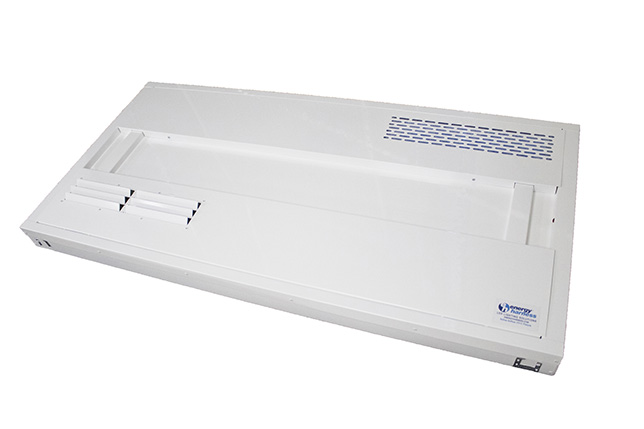Energy Harness Releases Ceiling-Mounted UV-C Light Fixture
LED manufacturing and distribution solutions provider Energy Harness recently released a new product to help schools combat COVID-19. The Active Airflow UV-C fixture is a “germicidal” light fixture that sucks in air and treats it with ultraviolet light, providing an enclosed space with continuous disinfection from the virus as well as other airborne bacteria and germs.
The enclosed device can be installed in ceiling grids to treat indoor areas of up to 256 square feet. It can connect to the ceiling’s existing power grid used to power light fixtures. Multiple units can be installed in larger rooms to offer the same treatment. The unit does not produce visible light.

Nationally recognized testing lab Intertek Laboratories found that the Active Airflow UV-C has a 99.9% effectiveness rate in eliminating pathogens from the air. Testing on the SARS-CoV-2 virus revealed that the device has a 99.998% inactivation rate for that virus in particular within a single second.
“We have demonstrated and studies have shown the effectiveness of UV-C light in killing the COVID-2 family of pathogens,” said the managing director of Energy Harness’ Midwest division, Patricio M. Daneri. “Our Active Airflow unit provides the added advantage of safe usage during the school day in occupied classrooms. The unit has a fan system to draw in the air, where it is cleaned and then cycled back into the room.”
About the Author
Matt Jones is senior editor of Spaces4Learning. He can be reached at [email protected].